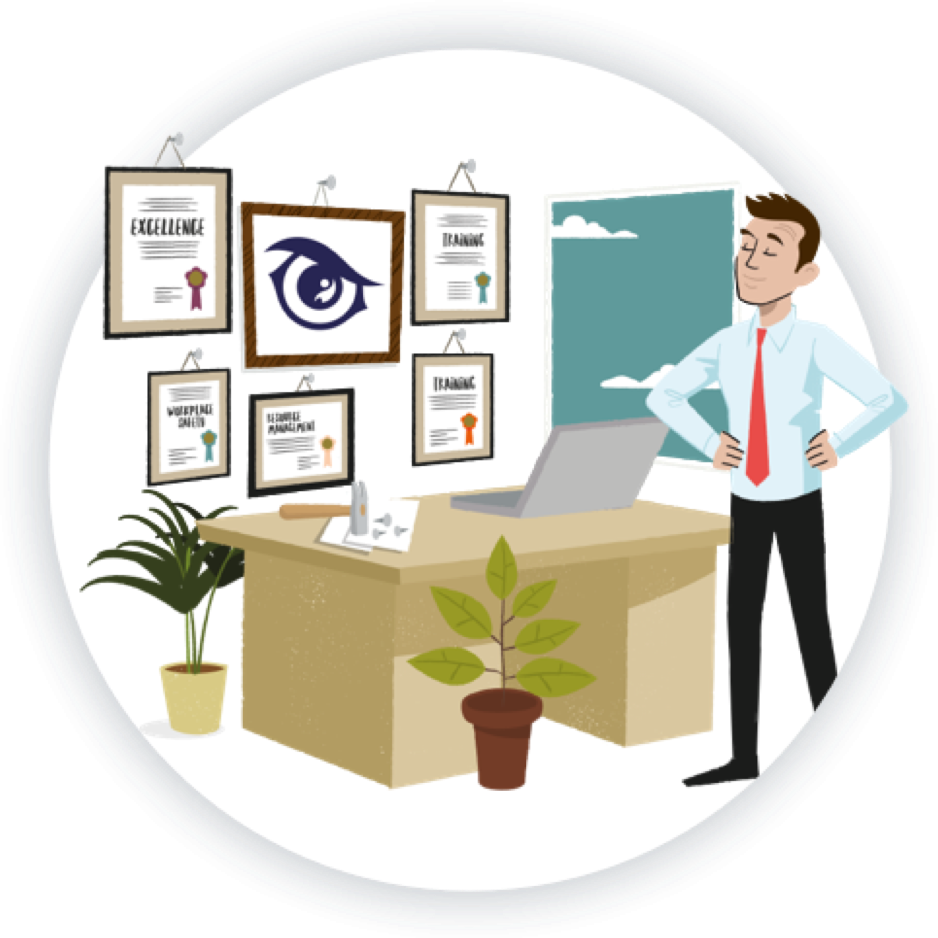Fashion Designer
Job Description:Fashion designers design and make clothing for clothing companies, retailers, and manufacturers.
Job Category:What you will do:
Your day-to-day tasks may include:
- working to design instructions (a ‘brief’)
- analysing or predicting trends in fabrics, colours and shapes
- producing concept and mood boards (a collection of items to capture a mood, like photos, fabric pieces or colour samples)
- producing designs by hand or by using computer-aided design (CAD)
- developing basic shapes (‘blocks’) through patterns
- estimating costs for materials and manufacture
- finding suppliers
- supervising the making up of sample clothing items
- making in-house presentations, for example to finance departments and merchandisers
You’ll often work closely with garment technologists and sample machinists. You could also work with manufacturers (often based overseas) to make sure that designs are reproduced accurately.
Skills:
You’ll need:
- design & drawing skills and knowledge
- technical skills like pattern cutting and sewing
- the ability to use computer design packages
As well as:
- the ability to use your initiative (drive) and to come up with new ways of doing things
- to be thorough and pay attention to detail
- thinking and reasoning skills – the ability to solve problems
- the ability to work well with your hands
- excellent verbal communication skills
- to be flexible and open to change (adaptability)
- a good eye for colour, texture and shape (creativity)
- the ability to spot and develop trends

Entry Requirements:
To become a fashion designer, you don’t need specific GCSE subjects, but certain subjects can provide a strong foundation for the skills and knowledge required in this field. Here are some recommended GCSE subjects that can be beneficial for aspiring fashion designers:
- Art and Design: Art and design subjects are essential for developing creativity, drawing, and design skills. They provide a strong foundation for the creative aspects of fashion design.
- Textiles: Studying textiles at the GCSE level can give you an understanding of different fabrics, materials, patterns, and how they interact, which is crucial for fashion design.
- Mathematics: While not directly related to the creative aspects of fashion design, basic mathematical skills can be helpful for measurements, pattern making, and calculations related to fabric and materials.
- Design and Technology: This subject can provide practical skills in design, pattern making, and working with materials, which are essential for the technical aspects of fashion design.
- Business Studies: Understanding business and marketing principles can be valuable for fashion designers, especially if you plan to start your own fashion brand or work on the business side of the industry.
- English: Strong communication skills, both written and verbal, are crucial for conveying your design concepts and ideas, as well as for creating marketing materials and product descriptions.
Post School
You’ll usually need a relevant higher education qualification, like a foundation degree, HND or degree. Taking a course that teaches design and technical skills at a Fashion College could be helpful when looking for work.
You’ll often start as a design assistant before working your way up to a full designer role.
You’ll need a portfolio of your work that you can take to courses and job interviews. Your portfolio should include mood boards, designs and technical drawings. An employer or college may also ask you to take along actual garments that you have produced.
Making industry contacts through work experience or internships can help you find employment.
Working Hours and Environment:
You’ll often work long hours and weekends to meet deadlines, like at the launch of a new collection.
You’ll be based in a studio or workshop, but may travel to visit manufacturers, often overseas.
You may also go on research visits to places like art galleries, trade shows or to particular places or countries that are linked to a design theme.
Career Path & Progression:
With experience you could progress to senior designer, head of a department (like head of women’s wear design) or design director.
You could also go freelance or start your own company.